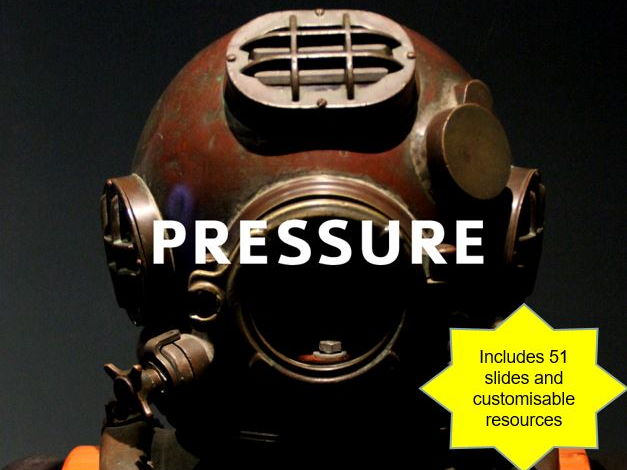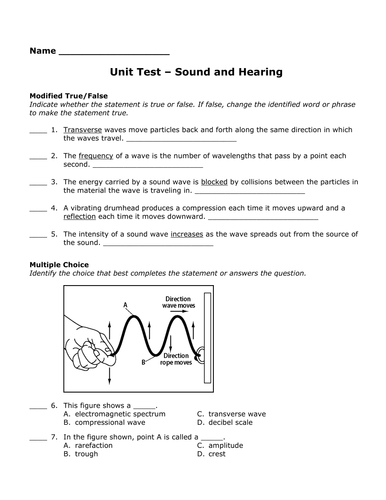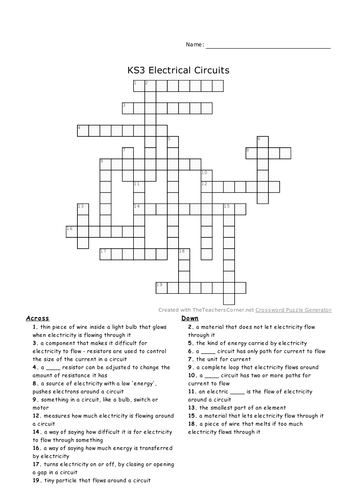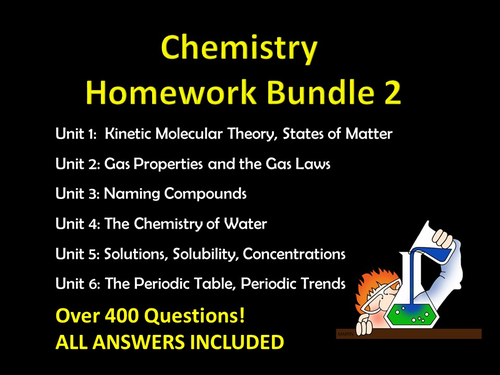Science Corner
At the Science Corner you will find engaging presentations by a TES recommended author and Google Certified Educator. Presentations are well illustrated, clearly explained, and have a lucid and logical flow. Closed and open questions keep all learners engaged and on their toes. In many cases, worksheets, suggested homework assignments and exam questions are also provided. We are a new store, so come back often to see our latest resources.






















